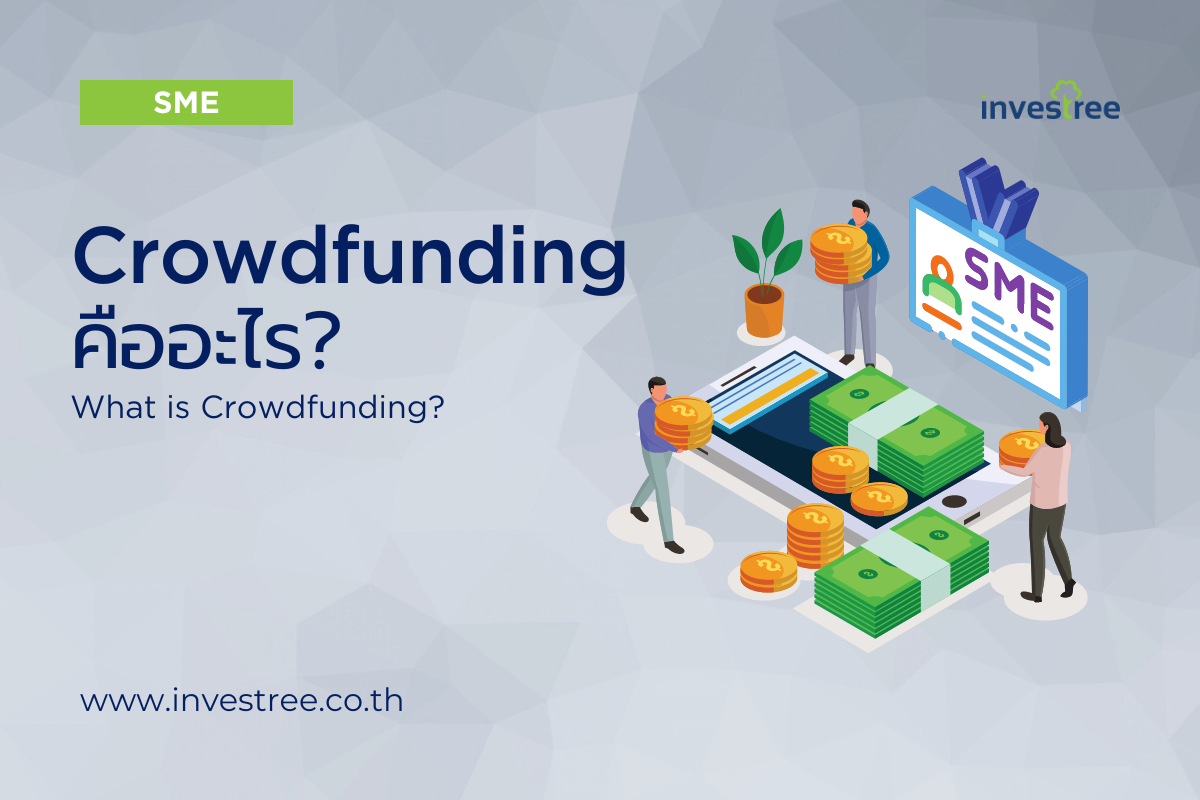Unraveling Factoring: A Viable Alternative Funding Solution for SMEs
Navigating the financial landscape can be daunting for Small and Medium Enterprises (SMEs), especially when it comes to maintaining a robust cash flow. Factoring emerges as a beacon of hope in this scenario, offering an alternative funding solution. Let's embark on a journey to understand factoring and its potential impact on your business.
Decoding Factoring
Factoring is a financial arrangement where a business offloads its invoices to a third party, known as a factor, at a discounted rate. The factor provides the business with immediate cash, facilitating smooth operations, while assuming the responsibility of collecting the invoice payments. This mechanism enables businesses to sustain a steady cash flow without the need to wait for customers to settle their invoices.
Factoring: A Boon for SMEs
Factoring brings a plethora of benefits to the table for SMEs. The most significant advantage is the immediate access to cash, ensuring uninterrupted business operations. Factoring does not necessitate collateral, making it a viable option for businesses with limited assets. Moreover, by delegating credit control activities to the factor, businesses can concentrate on their core operations. With the instant cash flow provided by factoring, SMEs can seize the opportunity to grow and expand their business.
Factoring in Action
The factoring process involves three key players: the SME (seller), the customer (debtor), and the factoring company (factor). Here's a snapshot of the process:
1. The SME delivers goods or services to the customer, generating an invoice.
2. The SME offloads the invoice to the factor, receiving an immediate cash advance, typically ranging from 70-90% of the invoice value.
3. The factor takes on the task of collecting the full invoice amount from the customer.
4. Upon receipt of the invoice payment, the factor remits the remaining balance to the SME, deducting a factoring fee.
Factoring: The Different Flavors
Factoring comes in two primary forms: recourse and non-recourse. Recourse factoring implies that the SME is responsible if the customer defaults on the invoice payment. On the other hand, non-recourse factoring sees the factor absorbing the risk of non-payment. The choice between recourse and non-recourse factoring hinges on the SME's risk appetite and the reliability of their customers.
Pros and Cons of Factoring
Like any financial decision, factoring has its pros and cons.
Pros:
- Immediate access to cash
- No collateral required
- Outsourcing of credit control activities
- Potential for growth and expansion
Cons:
- Factoring fees can be costly
- Potential customer dissatisfaction due to third-party involvement
- Risk of dependency on factoring
Factoring Success: A How-To Guide
- Successful factoring requires a strategic approach. Here are some tips:
- Cost-Benefit Analysis: Weigh the cost of factoring fees against the benefits of immediate cash flow.
- Customer Communication: Keep customers informed about the factoring process to maintain trust and satisfaction.
- Balanced Financing: Use factoring as part of a diverse mix of financing options to avoid dependency.
Factoring can serve as a potent tool for SMEs, offering immediate cash flow and paving the way for growth. While it does come with its challenges, prudent management can turn factoring into a viable and beneficial funding solution for SMEs.
Ready to harness the power of factoring for your SME? Reach out to us today to explore our factoring solutions and learn how they can propel your business to new heights.






